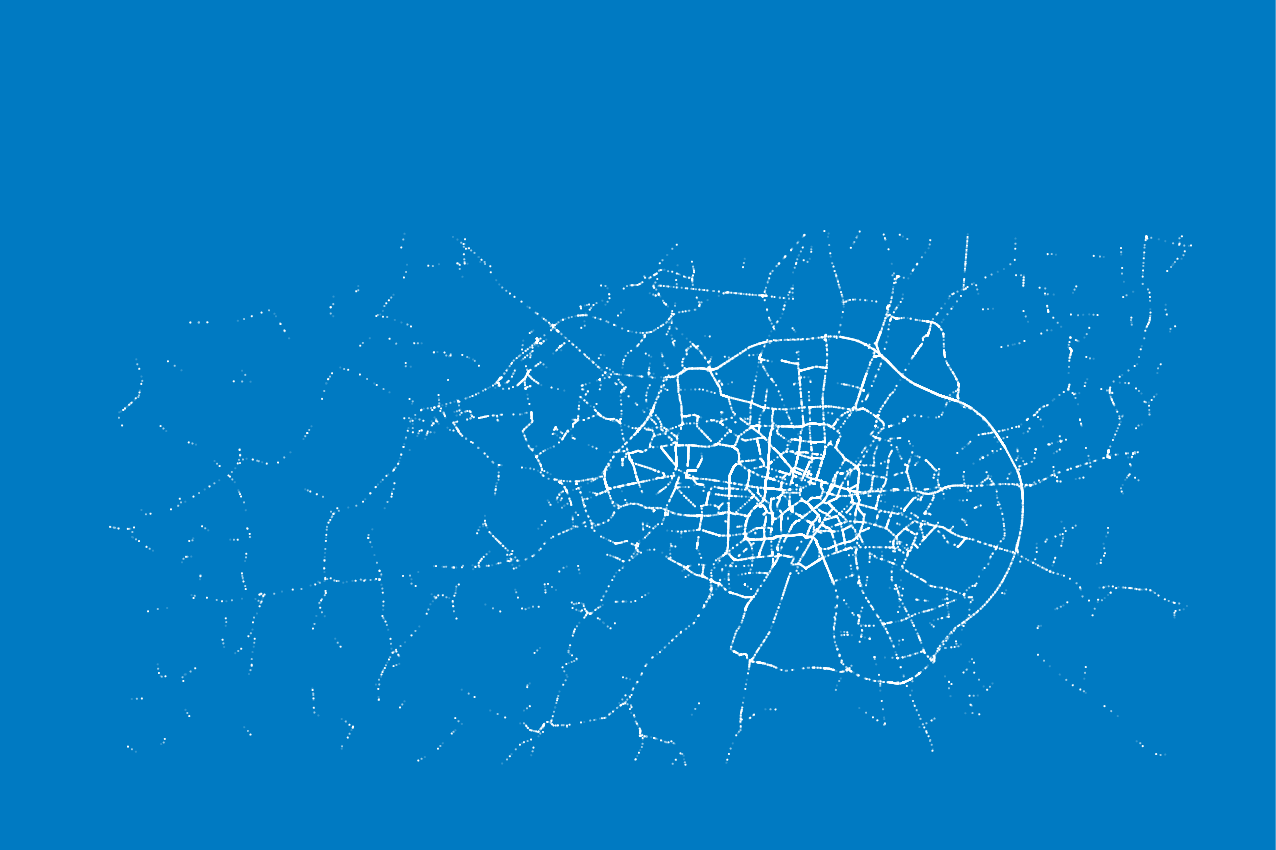Data
Traffic modeling and simulation

Traffic models are used to model the behavior of users, and serve in particular to assess the impact of measures before implementing them. They test the effects of planned measures such as infrastructure investments or operational optimization measures as well as the potential impact of changing mobility behavior, energy costs, or outbreaks of infectious diseases, for example.
A wide range of models is developed and applied at TUM, ranging from small-scale pedestrian traffic simulations to entire urban transportation systems through to international models of inter-regional traffic flows.
The modeling methodologies used by TUM range from accessibility models to agent-based traffic simulations and holistic system dynamics models. Both passenger and freight traffic are covered, along with all modes of transport, including pedestrian and bicycle traffic, micro-mobility (e-scooters), private cars, public transportation, intercity rail, aircraft, hyperloop and air taxis. Models developed in-house by TUM include, among others, the MITO travel demand model, the SILO land use model, the City-MoS traffic simulation tool, the MomenTUM pedestrian traffic simulation model, the GOAT interactive tool for modeling the potential of active mobility and the FDM aviation fleet development model.
Extensive traffic data are continually collected, organized in databases and analyzed, applying complex model estimation processes as well as machine learning methods and taking into account personal data protection issues and the utilization of open data.